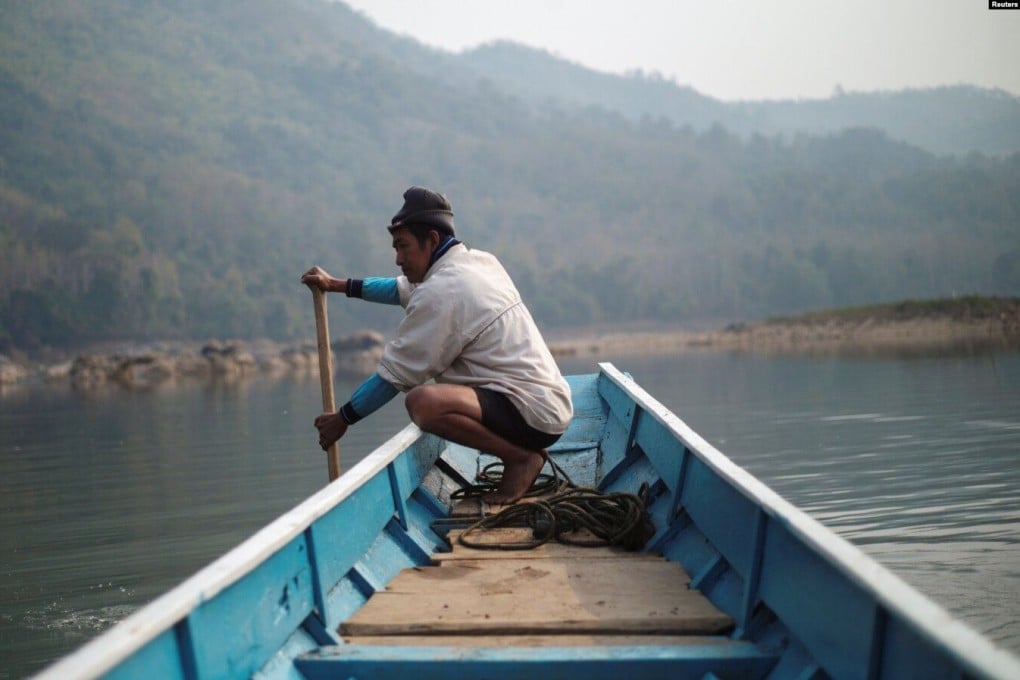Is Singapore pursuing a false climate solution by buying Mekong hydropower?
- While hydropower has a low carbon footprint, it has a destructive impact on the environment and local communities, leading to ‘large inequalities’, analysts say
- Singapore’s deal with Laos comes as the latter seeks to build 100 dams by 2030 partly to pay off debt to China, but experts say the melting of sea ice will affect the potential of hydropower over time

Last month, the city state announced that it had started importing renewable energy from Laos through Thailand and Malaysia, after an initial two-year power purchase agreement was signed between Keppel Electric and Laos’ state-owned Electricite du Laos.
The Lao PDR-Thailand-Malaysia-Singapore Power Integration Project will import up to 100 megawatts of renewable hydropower, marking the first multilateral cross-border electricity trade involving the four Southeast Asian countries.
The amount is equivalent to about 1.5 per cent of Singapore’s peak electricity demand in 2020, according to local news reports, which said the project would benefit all four nations by easing the development of a regional market for electricity trading, as well as strengthening regional electricity supply security and cost-competitiveness.
But given the adverse impact of hydropower on the environment and the communities living along the Mekong River – which at 4.350 kilometres, is Southeast Asia’s longest – analysts have pointed to the unsustainable nature of importing renewable energy from Laos.

Sam Seun, policy analyst at the Phnom Penh-based Royal Academy of Cambodia, said while Laos was working hard to supply power to neighbouring countries, its emergence as a “regional battery” would severely damage the Mekong.
“It appears that we want one part of the world to be clean by destroying another,” he said.